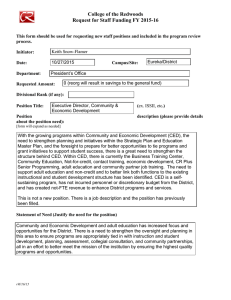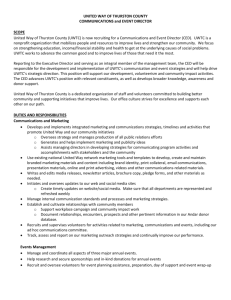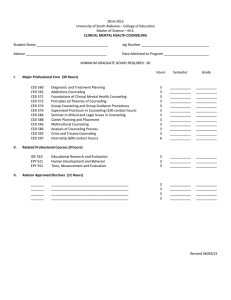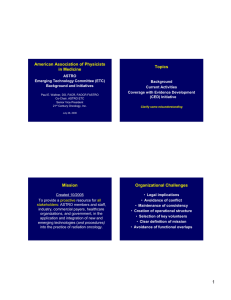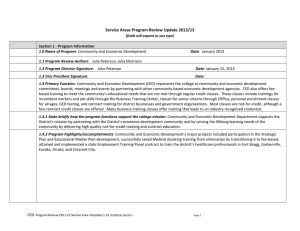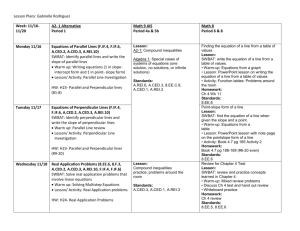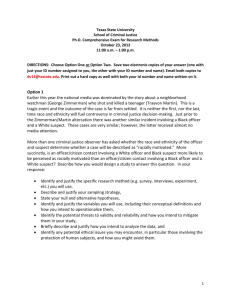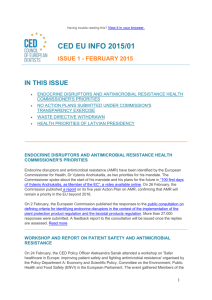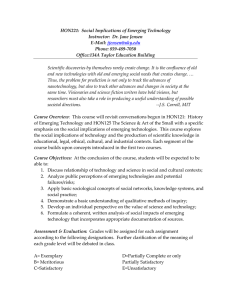List of projects open to licensing:
advertisement
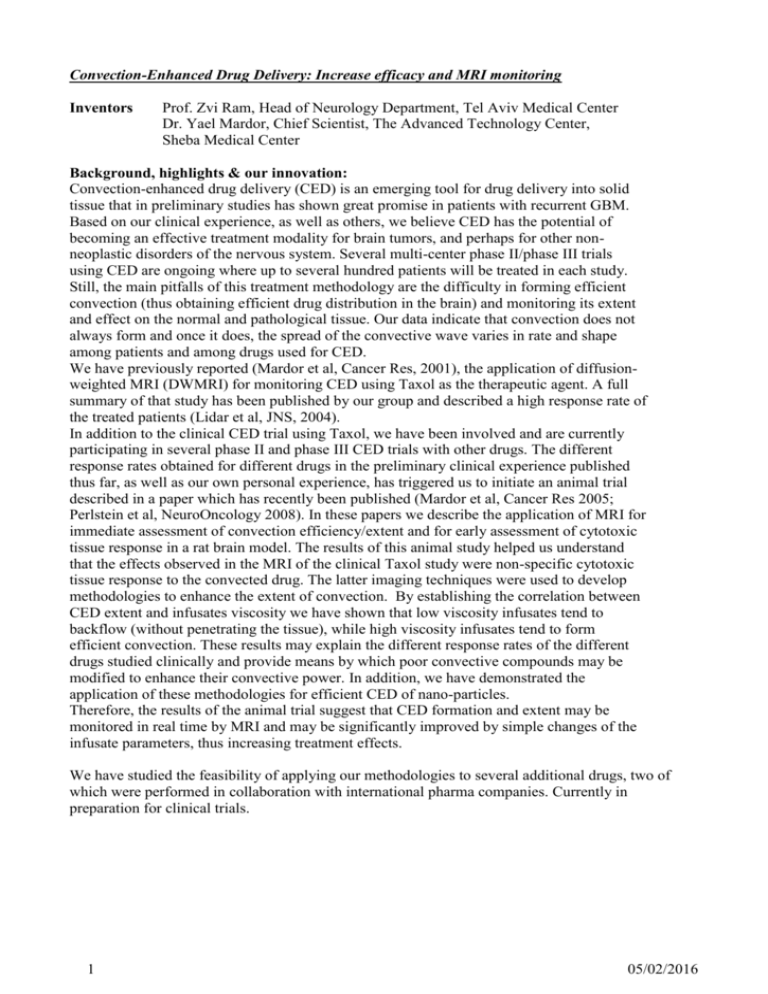
Convection-Enhanced Drug Delivery: Increase efficacy and MRI monitoring Inventors Prof. Zvi Ram, Head of Neurology Department, Tel Aviv Medical Center Dr. Yael Mardor, Chief Scientist, The Advanced Technology Center, Sheba Medical Center Background, highlights & our innovation: Convection-enhanced drug delivery (CED) is an emerging tool for drug delivery into solid tissue that in preliminary studies has shown great promise in patients with recurrent GBM. Based on our clinical experience, as well as others, we believe CED has the potential of becoming an effective treatment modality for brain tumors, and perhaps for other nonneoplastic disorders of the nervous system. Several multi-center phase II/phase III trials using CED are ongoing where up to several hundred patients will be treated in each study. Still, the main pitfalls of this treatment methodology are the difficulty in forming efficient convection (thus obtaining efficient drug distribution in the brain) and monitoring its extent and effect on the normal and pathological tissue. Our data indicate that convection does not always form and once it does, the spread of the convective wave varies in rate and shape among patients and among drugs used for CED. We have previously reported (Mardor et al, Cancer Res, 2001), the application of diffusionweighted MRI (DWMRI) for monitoring CED using Taxol as the therapeutic agent. A full summary of that study has been published by our group and described a high response rate of the treated patients (Lidar et al, JNS, 2004). In addition to the clinical CED trial using Taxol, we have been involved and are currently participating in several phase II and phase III CED trials with other drugs. The different response rates obtained for different drugs in the preliminary clinical experience published thus far, as well as our own personal experience, has triggered us to initiate an animal trial described in a paper which has recently been published (Mardor et al, Cancer Res 2005; Perlstein et al, NeuroOncology 2008). In these papers we describe the application of MRI for immediate assessment of convection efficiency/extent and for early assessment of cytotoxic tissue response in a rat brain model. The results of this animal study helped us understand that the effects observed in the MRI of the clinical Taxol study were non-specific cytotoxic tissue response to the convected drug. The latter imaging techniques were used to develop methodologies to enhance the extent of convection. By establishing the correlation between CED extent and infusates viscosity we have shown that low viscosity infusates tend to backflow (without penetrating the tissue), while high viscosity infusates tend to form efficient convection. These results may explain the different response rates of the different drugs studied clinically and provide means by which poor convective compounds may be modified to enhance their convective power. In addition, we have demonstrated the application of these methodologies for efficient CED of nano-particles. Therefore, the results of the animal trial suggest that CED formation and extent may be monitored in real time by MRI and may be significantly improved by simple changes of the infusate parameters, thus increasing treatment effects. We have studied the feasibility of applying our methodologies to several additional drugs, two of which were performed in collaboration with international pharma companies. Currently in preparation for clinical trials. 1 05/02/2016
